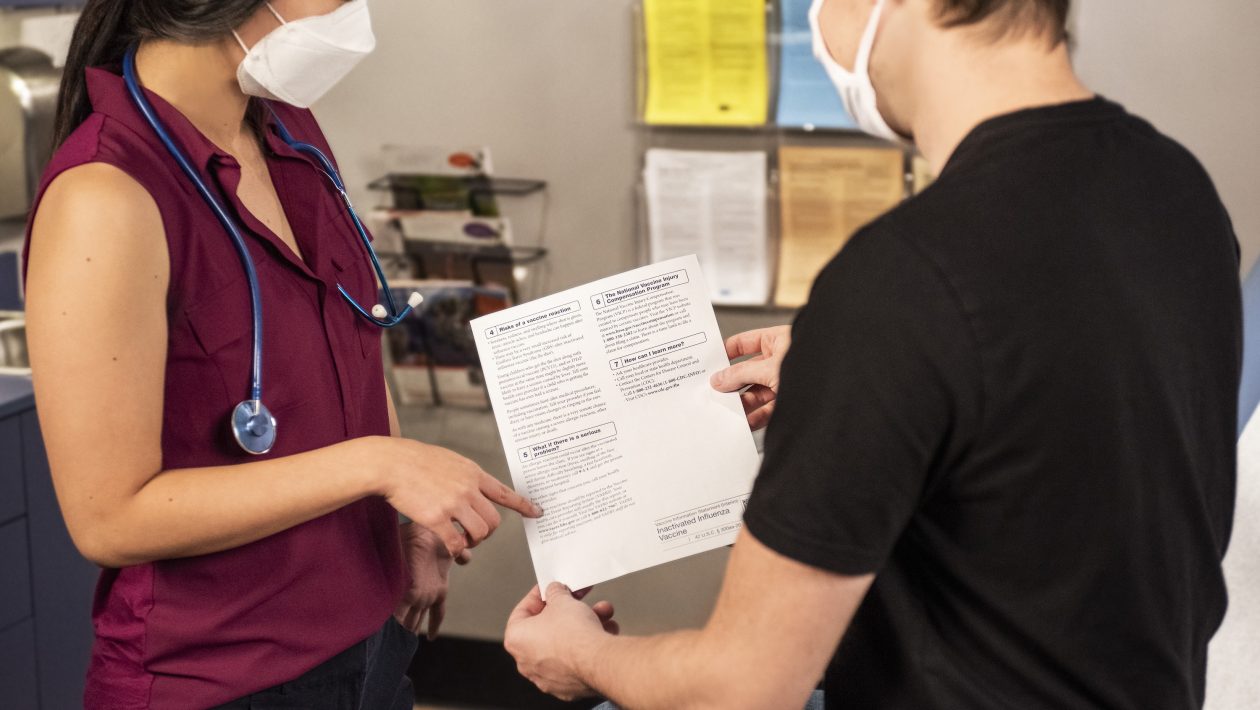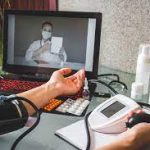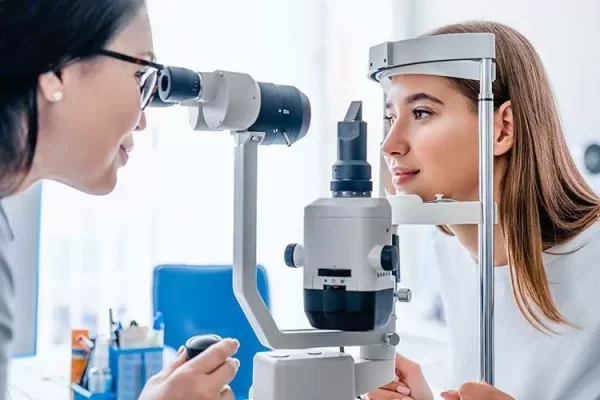Basic Life Support (BLS) certification is an entry-level course that teaches the basics of emergency life-saving methods. It’s ideal for healthcare providers and other professionals who must understand techniques and skills that help them care for patients.
Basic Life Support training certification is also typically required for employment in healthcare settings, ambulance personnel, and those who work in an emergency room. EMTs, Certified Nursing Assistants (CNAs), nurses, and many different healthcare technicians may need a BLS certification to perform their job.
When these medical professionals hold an accredited BLS certification, their employer knows they are qualified to provide patient care. But what is a Basic Life Support certification, and how do you obtain or renew one?
Table of Contents
What Do BLS Courses Teach?
A Basic Life Support training course focuses on how to care for patients in an emergency. If you take a BLS class, you should expect to learn a bit about how the body works and the physiology behind medical conditions that may lead to medical events, like syncope, heart attack, choking, or cardiac arrest.
You’ll learn how to perform Cardiopulmonary Resuscitation (CPR) for infants, children, and adults. Some training will also prepare you to work within a team, perform high-quality compressions and ventilation techniques, and deploy an Automated External Defibrillator (AED) that can restore a normal heart rhythm.
You’ll also learn about maintaining an airway for an unconscious patient, how to perform rescue breathing and other ventilation techniques, and algorithms that help you remember valuable information. For example, the acronym ‘CAB’ will help you remember that when you encounter someone in cardiac arrest, you perform compressions first, then move on to securing the airway, and finally assist with breathing.
BLS classes also teach how to assist a choking victim, the appropriate use of airway adjuncts, oxygen therapy, and the use and administration of BLS medications, like aspirin, naloxone, glucose, and other medications.
Protocols and laws vary by location, so some medications might not be taught in every class. Your local scope of practice and your employer will dictate the exact expectations, duties, and protocols you will follow in the field. For example, some healthcare providers train to use EpiPens to treat anaphylaxis, whereas others train to draw up a dose of epinephrine using a needle and vial of medicine.
Every BLS course will also prepare you to render first aid for injuries like bleeding, fractures, and more.
How Do Healthcare Providers Take a BLS Class?
Taking a Basic Life Support training class is easy. You can even sign up and take a BLS certification course online. However, not every class is the same. Some courses aren’t accredited or valid for use in all areas. So, you must ensure that the BLS course matches your job requirements and any additional provisions in the city or state where you’ll work.
Online learning is easy with the American Medical Resource Institute (AMRI). AMRI offers BLS classes online, as well as Advanced Cardiac Life Support (ACLS) and Pediatric Advanced Life Support (PALS) classes.
You’ll receive an instant course completion card when you complete an AMRI course and pass all the tests. Students who complete all the online coursework will also receive a continuing education (CE) certificate that they can apply to any education requirements they may have.
When you take medical classes like BLS certification, your coursework may apply to CE criteria that help you retain your license without necessarily having to retake a class.
Why AMRI?
At AMRI, each class’s content meets or exceeds the standards set by large bodies that oversee the development of medical classes, like BLS, ACLS, and PALS. Courses also conform to current scientific guidance and are accredited by the American Heart Association (AHA).
Each class offers AMRI students access to appropriate case studies, practice sessions, and more. All the learning material is available without downloading any software or device. Plus, unlike traditional classroom-based BLS classes where you meet in a lecture hall or lab, you don’t need to spend time traveling to AMRI’s online BLS class. It’s available when you need it from anywhere you like.
The other big advantage of an online BLS course with AMRI is that all your learning is at your own pace. Instead of sitting in a classroom and trying to understand each lecture in the allotted time, you can spend more time on the difficult subjects and less time on the things you pick up quickly.
This efficiency level is found only in online coursework and is becoming the standard for BLS certification.
AMRI also stands by its certification; if your employer doesn’t accept, you’ll receive a full refund. All materials are certified through the National Board of Emergency Care Certifications (NBECC). There are other advantages to taking an AMRI course as well.
For example, the learning modules demonstrate case-based studies using real-life scenarios. This sort of training will better prepare you for encountering real emergencies. AMRI also offers benefits, such as:
- Phone and chat support with real people during extended business hours
- Email support even after hours
- No special software to download
- Work from any device, including mobile
What Are the Benefits of BLS Certification Online?
For some healthcare workers, the biggest benefit of achieving an online BLS certification is that it is a passport for employment eligibility. Some roles require you to achieve BLS certification. So, if you’re a nurse, paramedic, hospital employee, urgent care technician, or EMT, you might need to complete a Basic Life Support training class before you can do your job and earn your paycheck.
These fundamental skills are often the first ones you learn on your path to moving up the employment ladder. AMRI also offers online Advanced Life Support, ACLS, and PALS certification courses.
For others who aren’t in the healthcare field, BLS classes still offer the chance to learn valuable skills that can make a difference in an emergency. So, babysitters, camp counselors, or sports coaches might also want to complete a BLS certification. This way, they have the benefit of knowing what to do when someone is injured or experiences a medical problem.
For example, each year, many Americans fall victim to cardiac arrest. Understanding the signs and symptoms of this potentially lethal event can help you recognize danger. Plus, you’ll have all the skills to activate the chain of survival, perform quality CPR, and coordinate care appropriately.
BLS Certification Online: What To Expect
Your online BLS class is ready and waiting for you, but you’ll have to register first.
Once your registration is complete, you’ll be able to access all of the educational materials and other resources available for your class.
For example, you can review learning modules, clinical scenarios, skills challenges, and different materials that help explain fundamental topics. You can access practice questions that will help prepare you for the online test at the end of the class.
You may even have access to some advanced clinical training, like modules that help you understand and read EKG rhythms.
Finally, it’s time to take the online test when you’re ready. But don’t worry. You can review the answers you get wrong and retest if necessary. You’ll receive proof of success after completing the online learning materials and passing the exam.
What Happens Next?
After your online learning and testing, you’ll need to work with your employer, a nearby training center, or a hospital that performs clinical skills examinations. While your online training prepares you with the essential skills and an awareness of human physiology, you’ll still need to demonstrate that you can perform hands-on tasks.
For example, your BLS certification means that you understand the basics of gas exchange in the lungs, but you’ll need to show competency in delivering ventilatory support and administering oxygen.
Plus, you’ll also probably have to show competency in other skills, such as:
- Splinting a broken bone
- Applying a pressure bandage
- Suctioning an airway
- Immobilizing a patient
- Performing CPR, including compressions and rescue breathing
- Administering medications properly
Don’t forget that you’ll also need to renew your BLS certification periodically.
Completing BLS Certification for Healthcare Providers
Once you have your course completion certificate and pass your hands-on skills examination, you’ve done it! Having earned your BLS certification, you have all the knowledge you need to provide care during emergencies.
While many organizations will supplement your online and classroom learning with field training or supervised rotations, you’ve taken a massive step forward. While BLS training is largely an entry-level certification, the things you learn in your BLS class are the building blocks at the foundation of higher-level courses.
BLS Certification for Healthcare Providers: The Bottom Line
Completing a Basic Life Support training class requires dedication and study. But, using online certification programs offers much more flexibility than a physical course taught in a classroom setting. You won’t have to commute, and you also gain the efficiency of learning at your own pace and at any time of your choosing.
So, if you are a healthcare worker and need BLS certification, get started on your journey to becoming a provider today!











